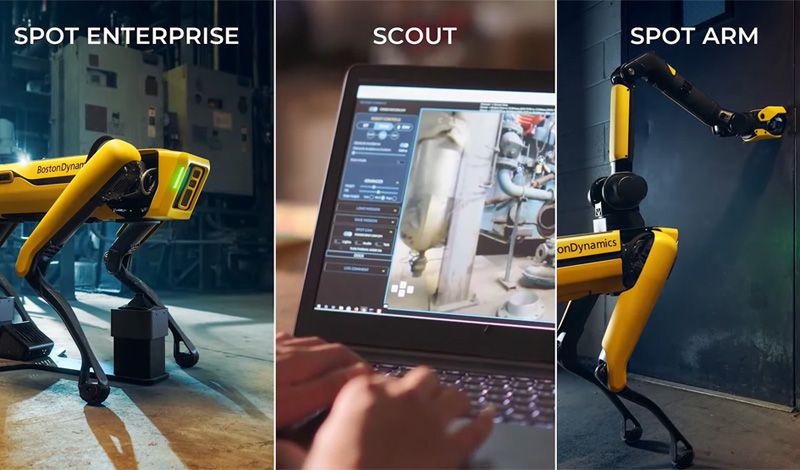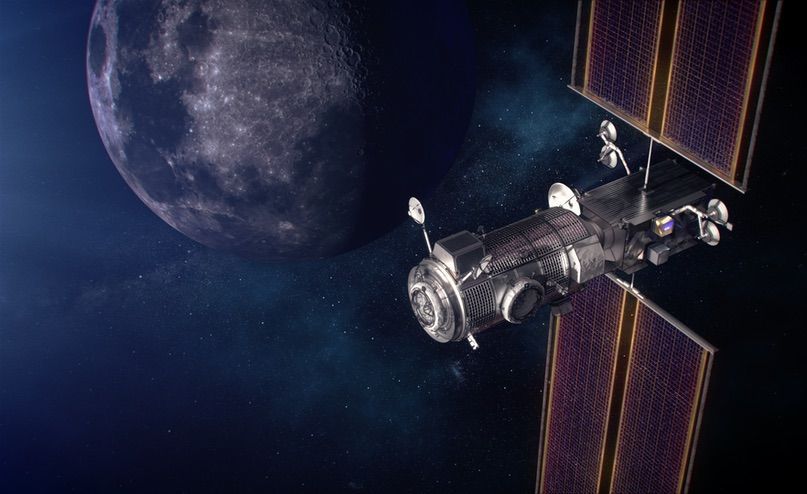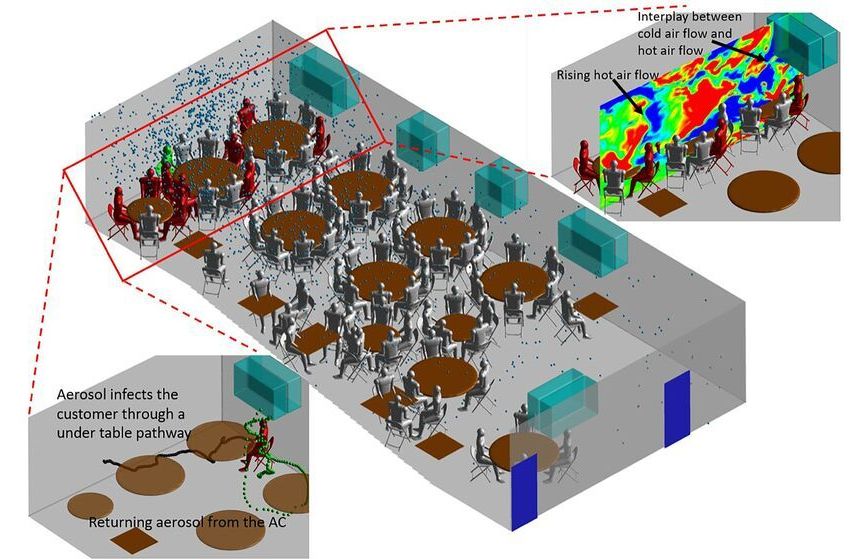2 things I like here. 1. Aubrey says not only does he think the first person to live to 1000 may be alive today but that they are already middle aged(Like me!). 2. In 15 years we might give a 70 year old treatment that will not make them 20 again, but perhaps it will make them 40. then by the time they hit 70 again the treatments available will be even better.
Dr. Aubrey de Grey is a biomedical gerontologist based in Mountain View, California, USA, and is the Chief Science Officer of SENS Research Foundation, a California-based 501©(3) biomedical research charity that performs and funds laboratory research dedicated to combating aging. In addition, he is Editor-in-Chief of Rejuvenation Research, the world’s highest-impact peer-reviewed journal focused on intervention in aging. He received his BA in computer science and Ph.D. in biology from the University of Cambridge. His research interests encompass the characterization of all the types of self-inflicted cellular and molecular damage that constitute mammalian aging and the design of interventions to repair and/or obviate that damage. Dr. de Grey is a Fellow of both the Gerontological Society of America and the American Aging Association, and sits on the editorial and scientific advisory boards of numerous journals and organizations. He is a highly sought-after speaker who gives 40–50 invited talks per year at scientific conferences, universities, companies in areas ranging from pharma to life insurance, and to the public. Topics Discussed: Brief overview of SENS
- Why try to end aging?
- How soon do you think we will end aging?
- What role does rejuvenation biotech play in the COVID-19 pandemic? How would regenerative medicine help us better cope with the pandemic?
- How are you implementing the techniques you research in your own life?
- Which breakthrough are you most proud of?Aubrey’s Links: LinkedIn: https://www.linkedin.com/in/aubrey-de-grey-24260b/
Personal Website: https://www.sens.org/
Company Website: https://www.mfoundation.org/
Twitter: https://twitter.com/aubreydegreyListen to the audio version at: https://www.buzzsprout.com/765170/7722976-dr-aubrey-de-grey-…e-agingYou can listen to the audio and read the transcript here: https://podcast.boomerliving.tv/dr-aubrey-de-grey-what-cause…-aging/You can listen to many other audio podcasts on our website and Apple Podcasts: https://podcast.boomerliving.tv/
https://podcasts.apple.com/us/podcast/boomer-living-senior-l…1455929808






